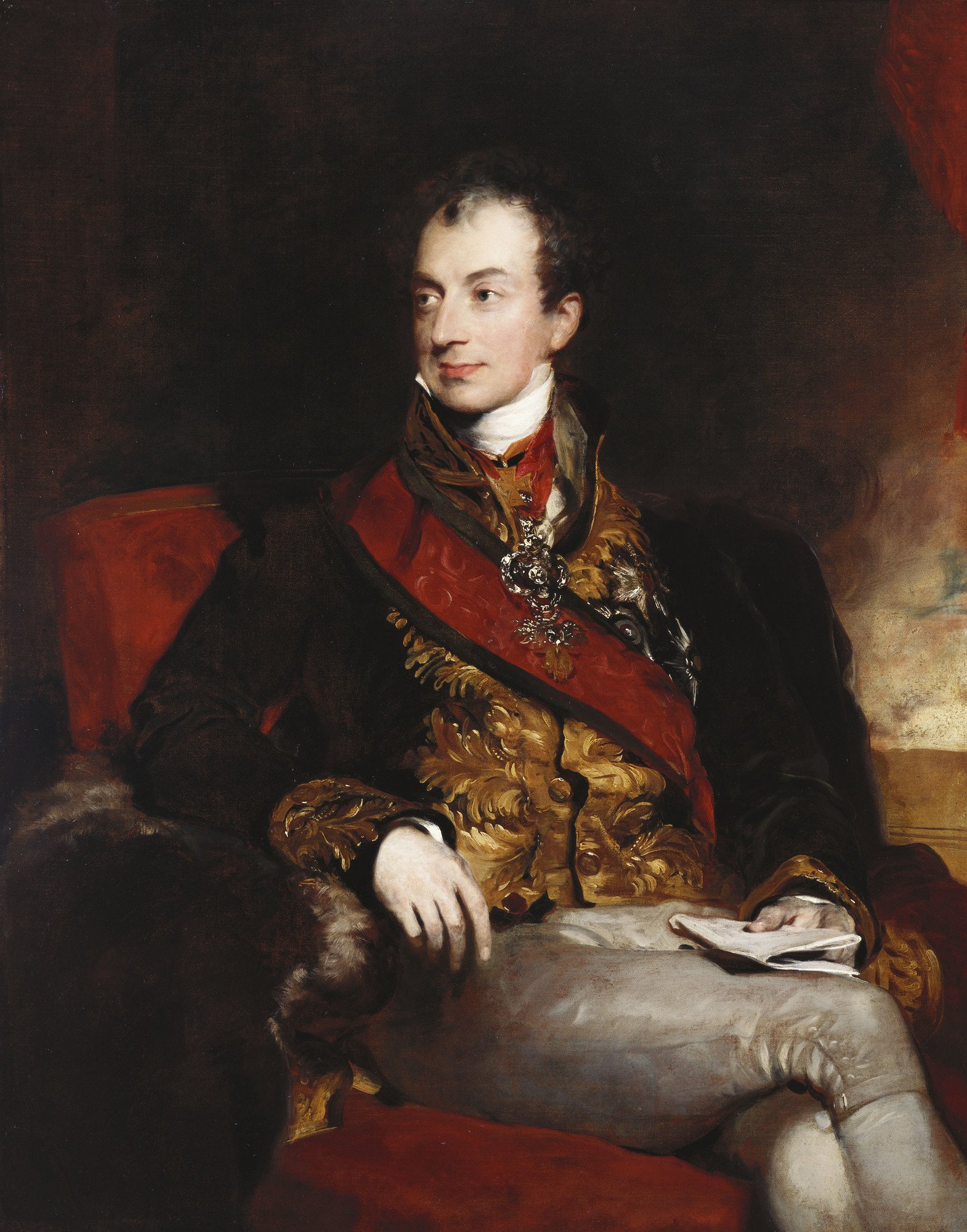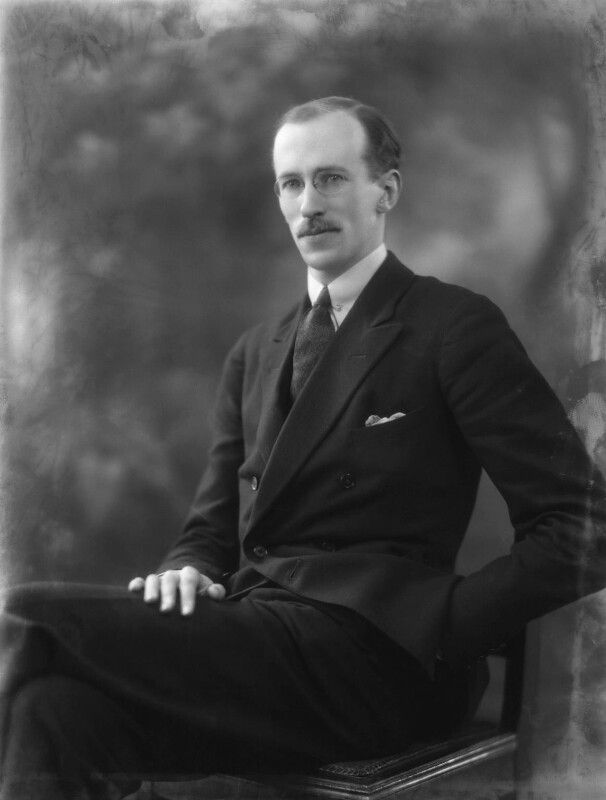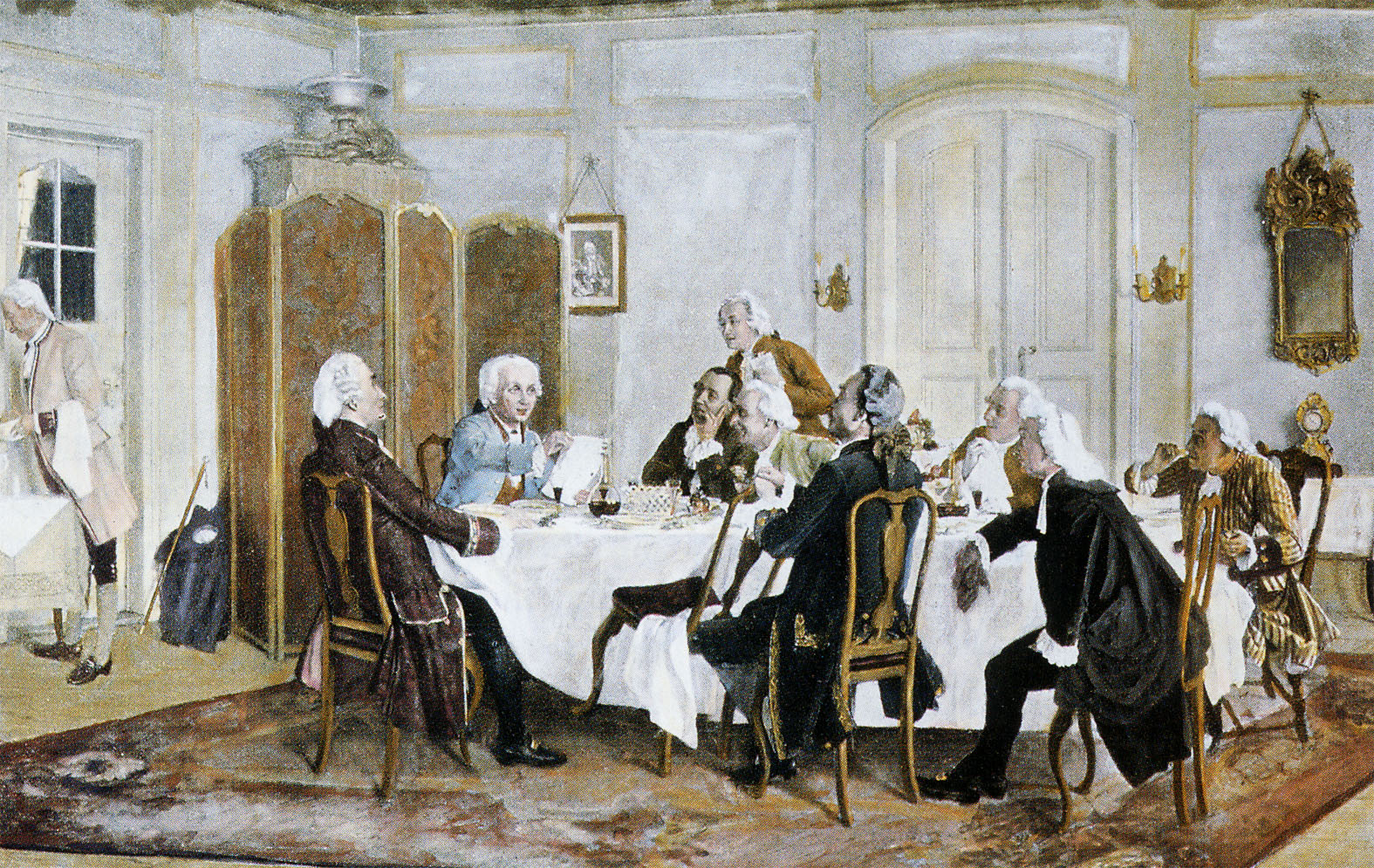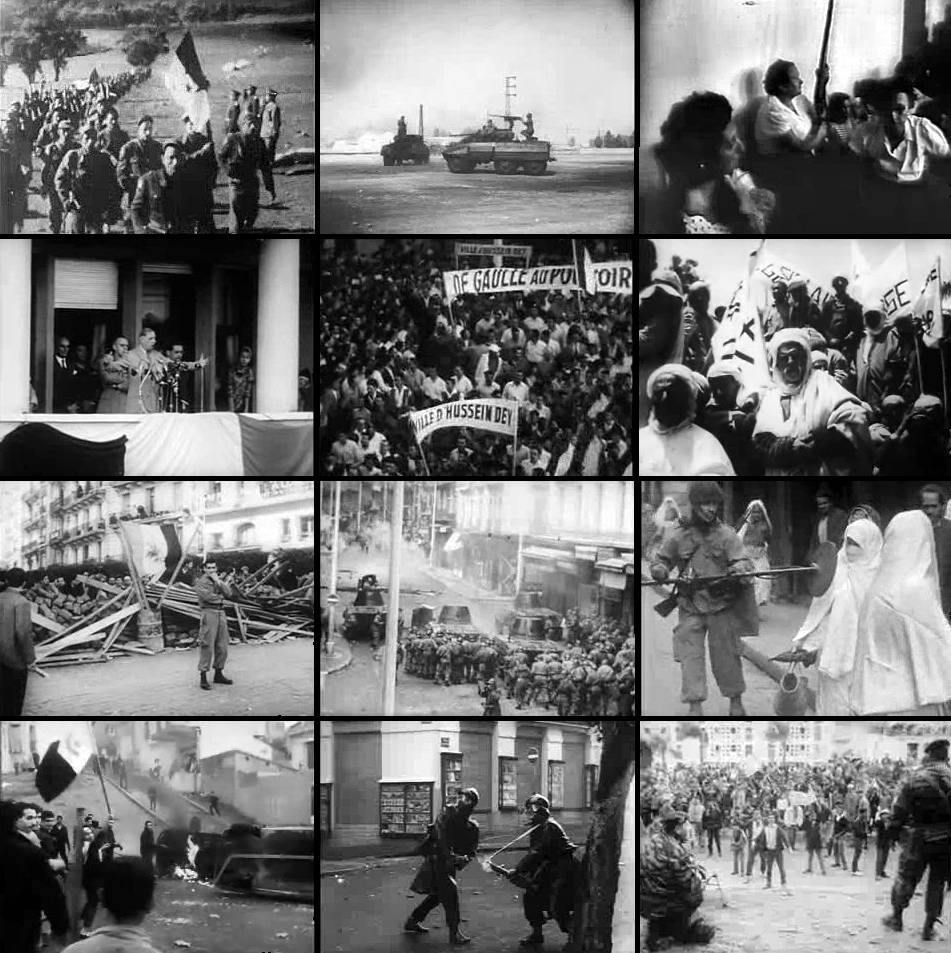

Paul Rahe on Spartan Grand Strategy
The grand strategy the Spartans embraced had serious consequences for Lacedaemon’s posture in the international sphere as well. Their perch was precarious. The Lacedaemonians understood from early on what history would eventually confirm: that it took but a single major defeat in warfare on land to endanger the city’s very survival. Even when their population was at its height, as it was in the late archaic period, there were never more than ten thousand Spartiates, if that; and the territory they ruled was comparatively vast. The underlings they exploited were numerous and apt to be rebellious. In Messenia, if not also in Laconia, the helots saw themselves as a people in bondage, and geography did not favor the haughty men who kept them in that condition.










